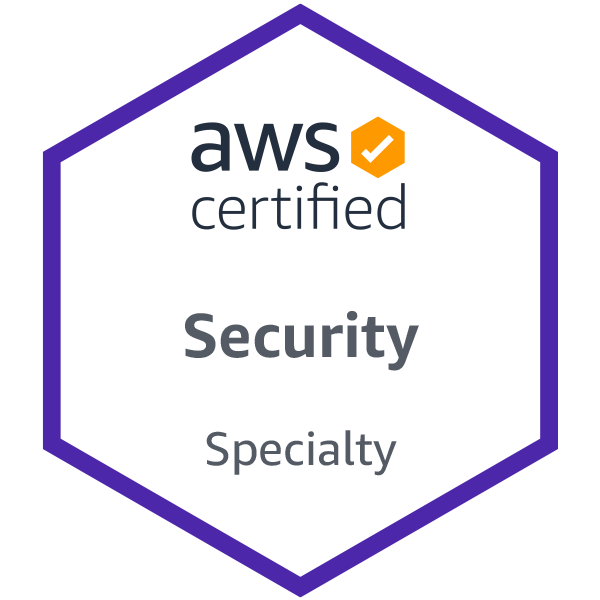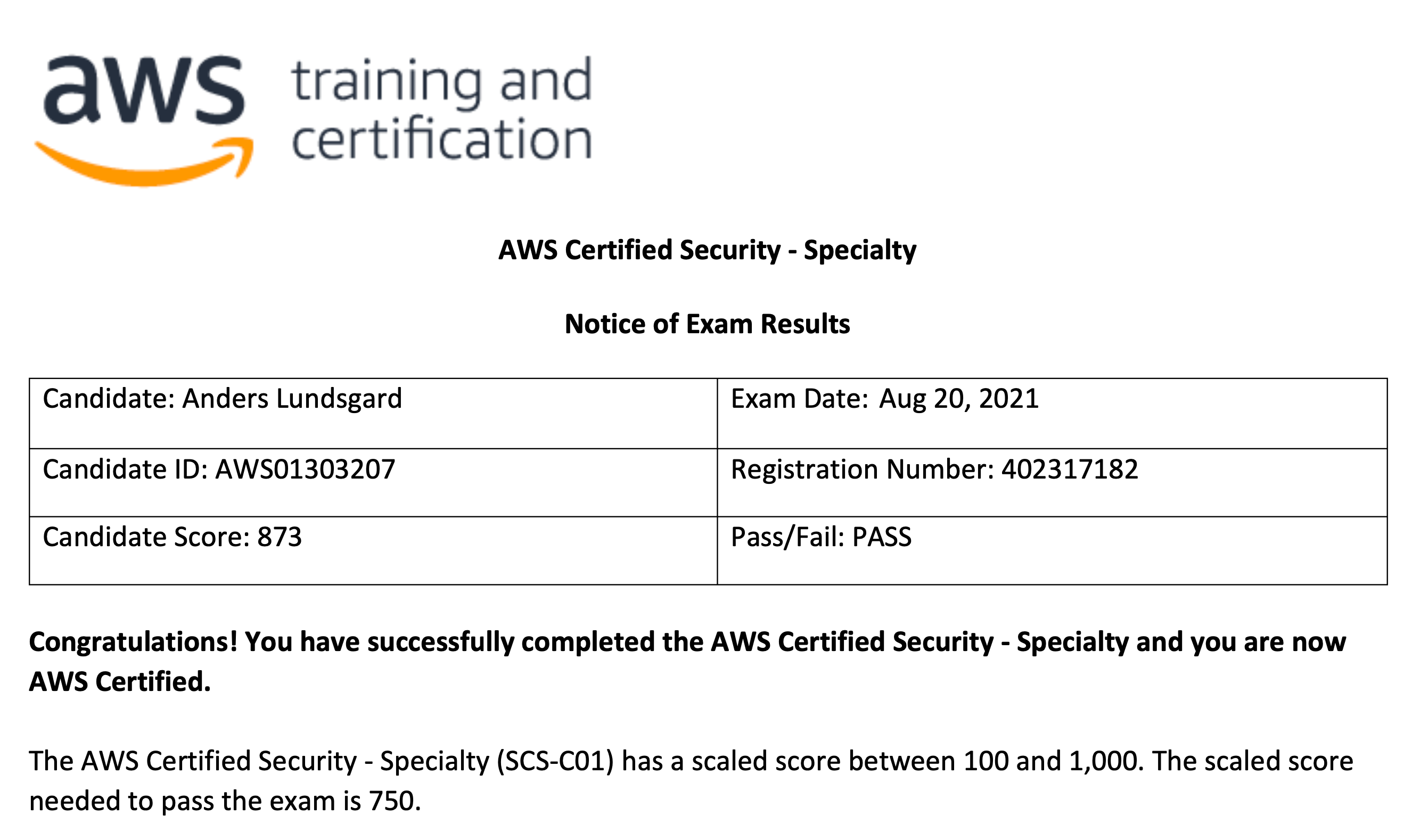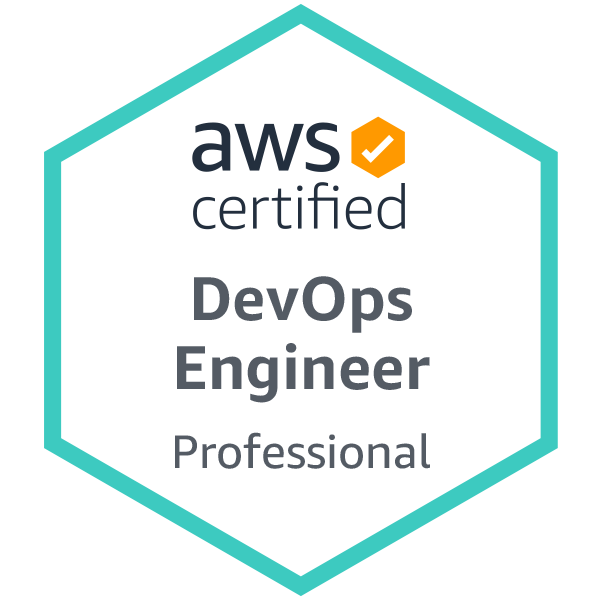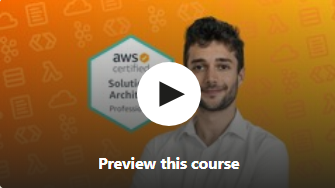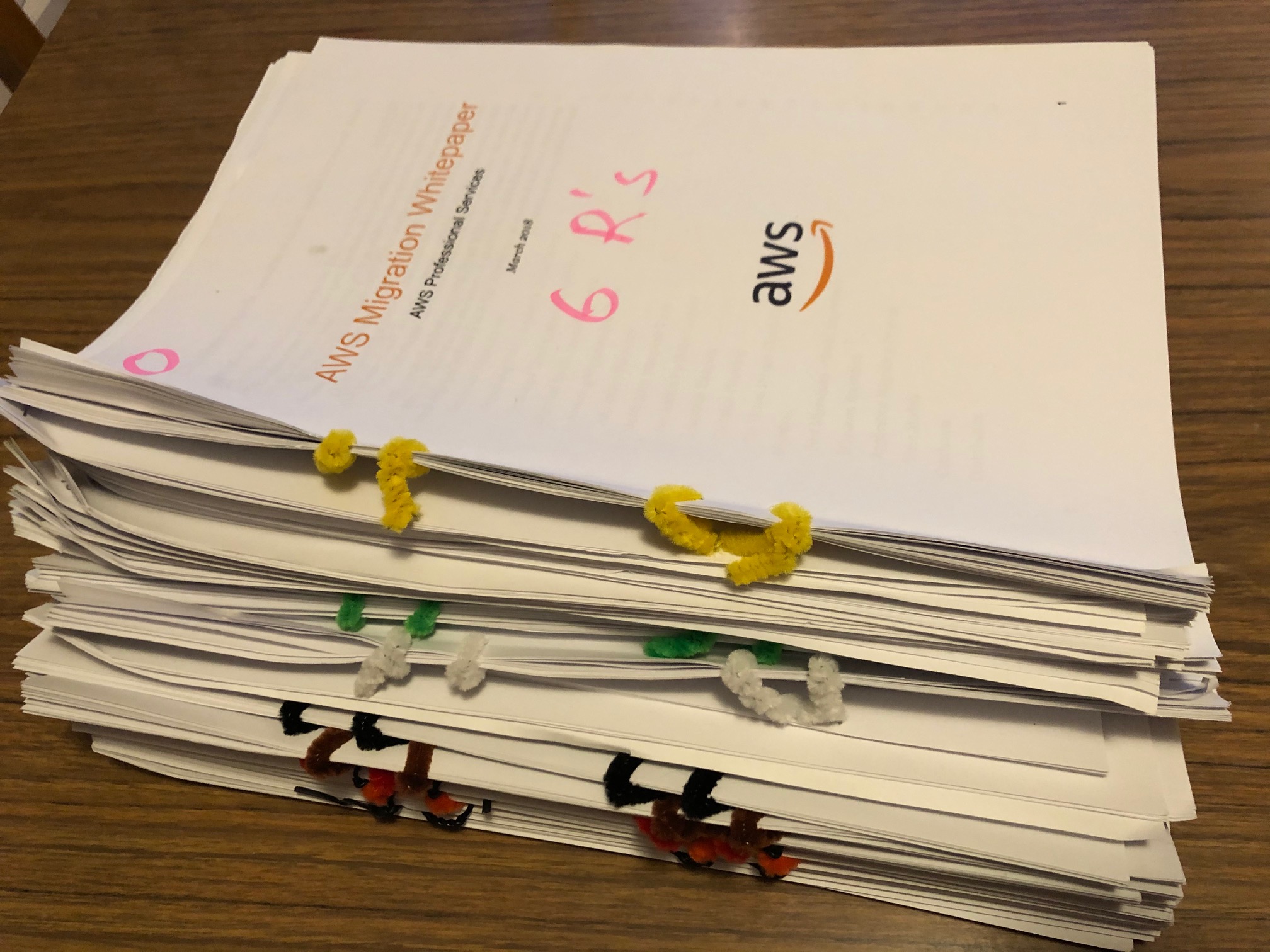This Friday (2022-08-12) and the very last day of my vacation I managed to get a PASS on the Google Associate Cloud Engineer certification exam (ACE exam). And I made it Remote/Online/From Home 😃!
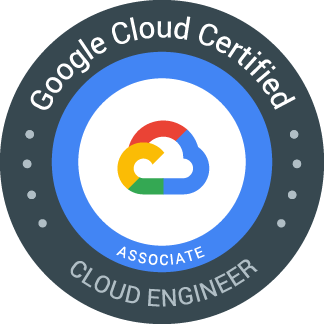
This post summarizes:
- Sources used for my studies
- Learnings from doing my first online proctored examination
Worth to to start mention is that even though I have worked with public cloud (AWS i particular) since 2015, one year ago I had no experience in GCP at all, and during this year I have not worked full time with GCP at my workplace Bonnier News.
My experiences in AWS has for sure been helpful to grasp details about GCP. Some services are extremely similar. AWS S3 and GCP Cloud Storage as one example. Other concepts like IAM is quite different.
As usual when I decide to challenge myself with a certification I start by book a date for the exam. For Google certifications that journey started with registering an account on https://webassessor.com. I had the same strategy as with my summer studies for AWS SA Pro 2020. For the first time I took a chance to do it online from home. To save some time and to learn if that method could be useful for future certifications.
Study resources
I started by listen (only listen not watch) to various shorter (1-2h) courses in the area of GCP Foundations on LinkedIn Learning and Pluralsight. The main course that I put focus on watching became GCP Associate Cloud Engineer – Google Cloud Certificationfrom (17h) on Udemy.
From the Where should I run my stuff? article in the Google docs I found below picture very good to get an high level overview of the various compute options in GCP. When to choose GKE, Cloud Run etc. Was shown to be important knowledge when going into the exam questions.

Along with the online training I made 5 practice tests. Also from Udemy and the Google Certified Associate Cloud Engineer Practice Tests resource. I can highly recommend these practice tests as they were very much aligned with the type of questions that came on the real Google examination. For all the 5 tests (50 questions each) I was in the range of 70-80% of score. So above the acceptable level but without a huge margin.
One difference from the practice tests and the real exam was that the practice tests questions sometimes expected very detailed knowledge. Like:
What gcloud command line argument “-m”, “-t”, “-d” is used for…
I did not get any of these detailed questions on the real exam.
Online proctored examination
Knowing that I probably have mad my homework to do hands-on labs, online training and especially practice exams, my biggest concern going into the scheduled exam was not my preparations. Instead all arrangement you have to do to do the examination online from home.
Before and right after I made som valuable notes that for sure will come handy next time I (or You) will take a Google exam from home.
Here is the gross list of all learnings I made:
- Follow the instructions to create your digital signature that you get by email after signing upp for the exam.
- Verify system requirements and install the Sentinel LockDown Browser in advance.
- Disable your firewall(s).
- Put yourself into a silent room and minimise the risk for someone else to disturb.
- I recommend using a laptop with charger plugged. Out of batteries or boken internet connection will fail your exam.
- I had to lift up my laptop with built in camera to show all four walls in the room. So clean all walls from possible notes and so on. See below image for my room setup.
- You can initiate the startup procedure on https://www.webassessor.com 15min before schedule. Make sure to have driver license id on the table. I did not have to show any second identification like passport.
- Once the startup procedure is almost done, use the allowed 5 minutes to utilize the restroom a final time.
- When you see the first question you are not allowed to do any noise or move up from your chair. No pauses are allowed!

My result
Directly after submitting the exam you get a PASS or FAIL result. The final score will be sent by email 7-10 days after the exam.
Will publish my result as soon as it dropps into my mailbox…
[Update 2022-08-27]
Two weeks after the exam day I got a message from Google that they now completed the verification and I got my certificate: Verification link.
…and also I learned that Google (unlike AWS) do not share the final score after an examination. So the result were somewhere between 35-50 out of 50 questions.
Thanks for reading!

